 [Chorus: Layzie Bone & Bizzy Bone]
[Chorus: Layzie Bone & Bizzy Bone]
Wake up, wake up, wake up, wake up, wake up
It’s the first of the month
So get up, get up, get up, get up, get up
So cash your checks and come up
Wake up, wake up, wake up, wake up, wake up
It’s the first of the month
1st of tha Month (Bone Thugs N Harmony) [Lyrics via Genius.com]
Similar interests
- Migliori Siti Casino Online
- Casino Not On Gamstop
- Non Gamstop Casino
- UK Online Casinos Not On Gamstop
- Non Gamstop Casinos
- Canadian Online Casinos
- Non Gamstop Casino Sites UK
- Slots Not On Gamstop
- Non Gamstop Sports Betting Sites
- UK Casinos Not On Gamstop
- オンラインカジノ
- Non Gamstop Casino UK
- Gambling Not On Gamstop
- Casino Sites Not On Gamstop
- UK Online Casinos Not On Gamstop
- Slot Sites UK
- Casinos Not On Gamstop
- Casino Sites Not On Gamstop
- UK Online Casinos Not On Gamstop
- Horse Racing Betting Odds
- Best Online Casinos UK
- Non Aams Casino
- Migliori Casino Non Aams
- Casino Sites UK Not On Gamstop
- Casino Crypto Liste
- Casino En Ligne France
- Sites De Paris Sportifs Autorisés En Belgique
- Casino Non Aams Sicuri
- カジノ 仮想通貨
- Nouveau Casino En Ligne
- Casino En Ligne 2026
Pleasant Valley Sunday (Monkees) [Lyrics via Genius.com]
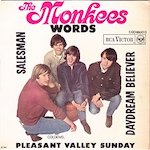 The local rock group down the street
The local rock group down the street
Is trying hard to learn this song
They serenade the weekend squire
Who just came out to mow his lawn
[Chorus 1]
Another Pleasant Valley Sunday (Sunday)
Charcoal burning everywhere
Airbnb Letter of Opposition to Registration Statement with Securities and Exchange Commission
 (Editor’s note: On November 6, 2020, the following letter, also embedded as a PDF file at the bottom of this post, was mailed by certified mail, return receipt requested, to The Division of Corporate Finance of The U.S. Securities and Exchange Commission.)
(Editor’s note: On November 6, 2020, the following letter, also embedded as a PDF file at the bottom of this post, was mailed by certified mail, return receipt requested, to The Division of Corporate Finance of The U.S. Securities and Exchange Commission.)
LETTER OF OPPOSITION TO REGISTRATION STATEMENT OF AIRBNB, INC.
To Whom It May Concern:
This letter is a timely formal written opposition to the registration statement of Airbnb, Inc., filed originally as a Form S-1 registration on or about August 19, 2020, for listing as a publicly-traded company on a major stock exchange. My purposes for this letter are to bring matters to the attention of the Securities & Exchange Commission consistent with the Commission’s stated mission to protect investors; maintain fair, orderly, and efficient markets; and facilitate capital formation. My opposition to the registration is based on ten years of research into Airbnb, Inc., hereafter simply “Airbnb”. This letter contains multiple reasons why the Securities & Exchange Commission should refuse the registration statement of Airbnb, Inc., issue a stop order of the registration, deny any request to accelerate the effective date of Airbnb’s registration, or, at minimum, delay registration indefinitely until a full investigation can be conducted of each and every claim alleged herein.
My research into Airbnb arises primarily from Airbnb’s relationship with its original investor, Y Combinator, LLC, hereafter “Y Combinator”. This letter also serves as a formal written opposition to the registration statement filed by every company with Y Combinator as an investor, to the extent that Y Combinator’s relationship with such company may be relevant to the SEC’s review of that company’s registration.
Airbnb’s Hotly-Anticipated Federal Bankruptcy Filing: A Timeline of Collapse
 Credible consistent rumors, all of which I always get very indirectly, are that Airbnb’s internal financial projections conclude that the company would need to file to go public immediately to actually have the IPO before the end of this year. The alternative is that the company will run out of cash and financial resources to pay its expenses and long-term liabilities beyond the end of this year. That would necessarily imply that Airbnb needs to file for federal bankruptcy protection to keep creditors away from what few assets it has while it attempts to recapitalize and restructure its debt. The Airbnb saga has always looked Ponzi-esque, with the final scheme being a public offering to defraud retail investors so previous investors can dump their shares real quick. The lead-up to all of this is a series of events that have happened within days, not months. Within the last 150 days, all of the following events have occurred: Continue reading →
Credible consistent rumors, all of which I always get very indirectly, are that Airbnb’s internal financial projections conclude that the company would need to file to go public immediately to actually have the IPO before the end of this year. The alternative is that the company will run out of cash and financial resources to pay its expenses and long-term liabilities beyond the end of this year. That would necessarily imply that Airbnb needs to file for federal bankruptcy protection to keep creditors away from what few assets it has while it attempts to recapitalize and restructure its debt. The Airbnb saga has always looked Ponzi-esque, with the final scheme being a public offering to defraud retail investors so previous investors can dump their shares real quick. The lead-up to all of this is a series of events that have happened within days, not months. Within the last 150 days, all of the following events have occurred: Continue reading →
Cultural Peak Geek
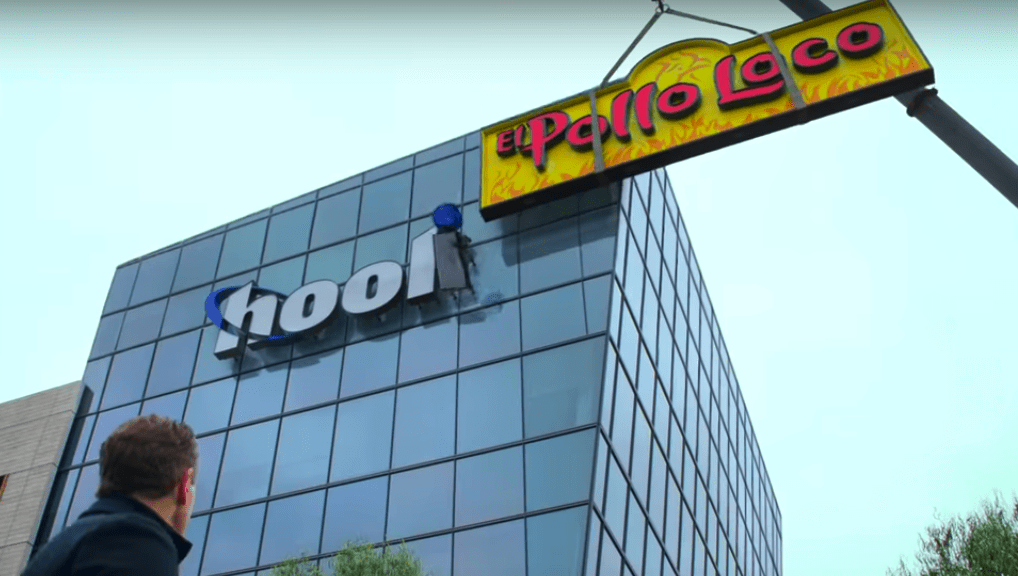 Sometime early 2013 was probably “cultural peak geek”, in my opinion. Wired thought it was in 2016. CNN suggested cultural peak geek was 2019. I did a list of cultural events and their dates, put them in order, and concluded that the actual peak was likely 2013. That’s when being any kind of nerd was probably as cool as it got in mainstream society. President Barack Obama had just begun his second term as the first black president of the United States. Facebook had its IPO the previous May. Apple iPhone 5, the last iPhone overseen by Steve Jobs, had been introduced in September. The Big Bang Theory was in its sixth season of what would be a total of twelve seasons. Comic Book Men was a new show about pop culture memorabilia. The King of the Nerds game show to test knowledge of nerd culture, hosted by Curtis Armstrong and Robert Carradine, premiered in early 2013. The Silicon Valley television show filmed its pilot episode on University Avenue in Palo Alto in March 2013 (I was there). Game of Thrones was in its third season in 2013, still true to the original already-in-print books by George R. R. Martin. The toast by Walder Frey during The Red Wedding (arguably the series’ most-remembered mainstream meme) possibly signified the exact moment when geekdom peaked. And in 2013 so many wonderful irreplaceable iconic people were still with us (in no particular order): Stan Lee, Stephen Hawking, Larry Harvey, Roger Ebert, Robin Williams, Harold Ramis, Sasha Shulgin, Wes Craven, Philip Seymour Hoffman, David Bowie, Gene Wilder, Alan Rickman, Kenny Baker, Carrie Fisher, Michael Parks, Verne Troyer, Adam West, Paul Allen, Peter Mayhew, Denise Nickerson, Ram Dass, Max von Sydow, Rutger Hauer. All of that is the past. This is kind of a sobering post, especially at this moment in the history of humanity. But moments like this are when we must remember the good times and stay motivated about the future. Continue reading →
Sometime early 2013 was probably “cultural peak geek”, in my opinion. Wired thought it was in 2016. CNN suggested cultural peak geek was 2019. I did a list of cultural events and their dates, put them in order, and concluded that the actual peak was likely 2013. That’s when being any kind of nerd was probably as cool as it got in mainstream society. President Barack Obama had just begun his second term as the first black president of the United States. Facebook had its IPO the previous May. Apple iPhone 5, the last iPhone overseen by Steve Jobs, had been introduced in September. The Big Bang Theory was in its sixth season of what would be a total of twelve seasons. Comic Book Men was a new show about pop culture memorabilia. The King of the Nerds game show to test knowledge of nerd culture, hosted by Curtis Armstrong and Robert Carradine, premiered in early 2013. The Silicon Valley television show filmed its pilot episode on University Avenue in Palo Alto in March 2013 (I was there). Game of Thrones was in its third season in 2013, still true to the original already-in-print books by George R. R. Martin. The toast by Walder Frey during The Red Wedding (arguably the series’ most-remembered mainstream meme) possibly signified the exact moment when geekdom peaked. And in 2013 so many wonderful irreplaceable iconic people were still with us (in no particular order): Stan Lee, Stephen Hawking, Larry Harvey, Roger Ebert, Robin Williams, Harold Ramis, Sasha Shulgin, Wes Craven, Philip Seymour Hoffman, David Bowie, Gene Wilder, Alan Rickman, Kenny Baker, Carrie Fisher, Michael Parks, Verne Troyer, Adam West, Paul Allen, Peter Mayhew, Denise Nickerson, Ram Dass, Max von Sydow, Rutger Hauer. All of that is the past. This is kind of a sobering post, especially at this moment in the history of humanity. But moments like this are when we must remember the good times and stay motivated about the future. Continue reading →
Road Hacks #2: A Pee Bottle
 Yes, a pee bottle. A bottle in which you can pee. A pee bottle could in fact save your life. Seriously. With an increasingly limited number of public places where people can do anything (relax, explore, browse, shop, eat, etc), there is an ever more limited number of public bathrooms to “go number one”. That means that everybody is forced to use the few public bathrooms still available. Using those bathrooms is basically Russian roulette for COVID-19. On road trips, going to the bathroom also necessarily means getting out of your vehicle in unfamiliar surroundings. Even if you have a tour bus or RV or camper, a pee bottle can save you from having to fill up your holding tank unnecessarily. A pee bottle also prevents possible accusations, whether male or female, that you disturbed the peace by exposing yourself in public. And more and more people are going to drive-in movies, because walk-in movie theaters are still closed. Using a pee bottle means not having to get out of the car and miss some of the movie. Whether male or female, here’s how to appropriate yourself a good pee bottle. Continue reading →
Yes, a pee bottle. A bottle in which you can pee. A pee bottle could in fact save your life. Seriously. With an increasingly limited number of public places where people can do anything (relax, explore, browse, shop, eat, etc), there is an ever more limited number of public bathrooms to “go number one”. That means that everybody is forced to use the few public bathrooms still available. Using those bathrooms is basically Russian roulette for COVID-19. On road trips, going to the bathroom also necessarily means getting out of your vehicle in unfamiliar surroundings. Even if you have a tour bus or RV or camper, a pee bottle can save you from having to fill up your holding tank unnecessarily. A pee bottle also prevents possible accusations, whether male or female, that you disturbed the peace by exposing yourself in public. And more and more people are going to drive-in movies, because walk-in movie theaters are still closed. Using a pee bottle means not having to get out of the car and miss some of the movie. Whether male or female, here’s how to appropriate yourself a good pee bottle. Continue reading →
Road Hacks #1: iPad In The Car
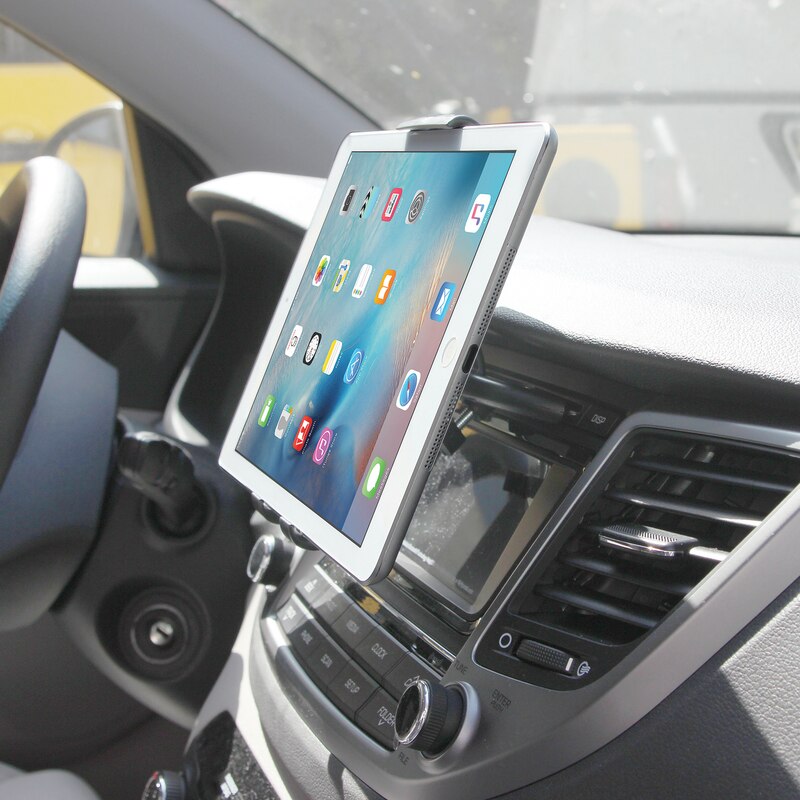 Apple iPad permanently mounted in the car is inevitable. iOS CarPlay is just a gateway technology for iPad-in-the-car. The money cost of buying a new iPad and leaving it in the car is already inexpensive. Probably sooner rather than later, people will no longer connect their smartphone to the vehicle with Bluetooth or anything else. Car owners will instead just leave the iPad mounted on the dashboard. The iPad will detect when the driver enters the vehicle and automatically login with the driver’s preferences (music stations, map destinations, etc). That’s where Apple is really going with its new Car Keys for iPhone / Apple Watch. iPad-in-the-car also doubles as a convenient wifi hotspot. Some newer vehicles like Tesla already have those kinds of features. But even in vehicles like Tesla, the interface is Tesla-specific and you can’t run “real” third-party apps, certainly not the number of apps available on iOS. I setup an iPad to use in rental cars on several work trips earlier this year and now find it essential. This post is about the configuration I found that works best, which consists of an iPad with cellular, CD player slot mount, car charger, auxiliary audio cable, two Lightning cables, and prepaid hotspot account. People are moving, not traveling, this summer, and I have more to write about that. This is the first in an ongoing series of road hacks. Continue reading →
Apple iPad permanently mounted in the car is inevitable. iOS CarPlay is just a gateway technology for iPad-in-the-car. The money cost of buying a new iPad and leaving it in the car is already inexpensive. Probably sooner rather than later, people will no longer connect their smartphone to the vehicle with Bluetooth or anything else. Car owners will instead just leave the iPad mounted on the dashboard. The iPad will detect when the driver enters the vehicle and automatically login with the driver’s preferences (music stations, map destinations, etc). That’s where Apple is really going with its new Car Keys for iPhone / Apple Watch. iPad-in-the-car also doubles as a convenient wifi hotspot. Some newer vehicles like Tesla already have those kinds of features. But even in vehicles like Tesla, the interface is Tesla-specific and you can’t run “real” third-party apps, certainly not the number of apps available on iOS. I setup an iPad to use in rental cars on several work trips earlier this year and now find it essential. This post is about the configuration I found that works best, which consists of an iPad with cellular, CD player slot mount, car charger, auxiliary audio cable, two Lightning cables, and prepaid hotspot account. People are moving, not traveling, this summer, and I have more to write about that. This is the first in an ongoing series of road hacks. Continue reading →
Back In The Day #6: Maximum PC
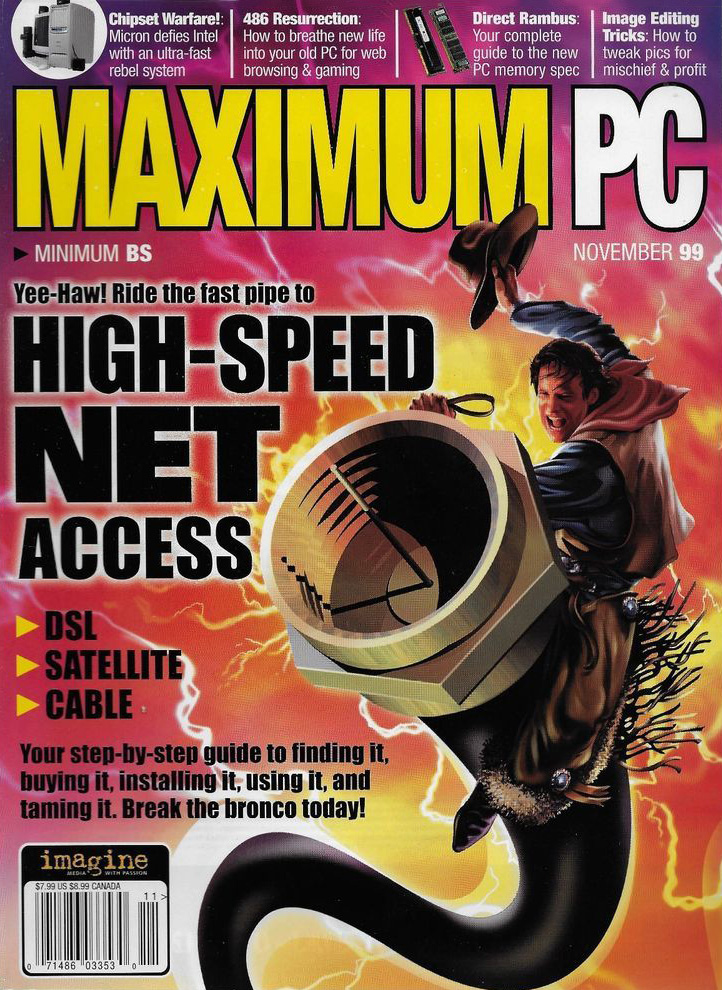 Excitement about a new era of computing intersected the end of the millenium. MP3’s, CD burners, DVD’s, hardware-accelerated 3D, and broadband. Computing started to get really fun for non-nerds. Consumer computers became powerful enough that there started to be specialized systems like the home theater computer and gaming computer. The “computer” started to become what we now call a “device”. Steve Jobs envisioned it in his “Digital Hub” strategy. Bill Gates announced it in his keynote at Consumer Electronics Show. As everybody partied their way into Y2K, I had the best custom system for its day. And it would be my last truly personal computer. Servers and networking became the popular interests for many techies. Along with this new technology came Maximum PC, a new magazine for the new generation. Continue reading →
Excitement about a new era of computing intersected the end of the millenium. MP3’s, CD burners, DVD’s, hardware-accelerated 3D, and broadband. Computing started to get really fun for non-nerds. Consumer computers became powerful enough that there started to be specialized systems like the home theater computer and gaming computer. The “computer” started to become what we now call a “device”. Steve Jobs envisioned it in his “Digital Hub” strategy. Bill Gates announced it in his keynote at Consumer Electronics Show. As everybody partied their way into Y2K, I had the best custom system for its day. And it would be my last truly personal computer. Servers and networking became the popular interests for many techies. Along with this new technology came Maximum PC, a new magazine for the new generation. Continue reading →
Corporate Compliance In The Startup Industry
 (Editor’s note: A conscience is consistently lacking in the startup industry. Compliance may be that conscience. I have more to write about compliance as a conscience, and this essay is a good foundation. This is in thesis form for a writing credit in my second law degree, a post-doctorate Master of Laws (LL.M.) at Delaware Law School. My professor was Aleksandra “Ola” M. Tucker, JD, ACAMS, an expert in Corporate Compliance in the Financial Services Industry and founder of Compliance Notes.)
(Editor’s note: A conscience is consistently lacking in the startup industry. Compliance may be that conscience. I have more to write about compliance as a conscience, and this essay is a good foundation. This is in thesis form for a writing credit in my second law degree, a post-doctorate Master of Laws (LL.M.) at Delaware Law School. My professor was Aleksandra “Ola” M. Tucker, JD, ACAMS, an expert in Corporate Compliance in the Financial Services Industry and founder of Compliance Notes.)
Disruption of traditional industries by companies in the startup industry leads to new innovative solutions to existing problems, but that innovation also results in consequences to society by ignoring existing laws and regulations. The startup industry consists of new companies, often just a few co-founders and an idea, and the investor network that funds those companies. Traditional companies compete on a level playing field that is made up of well-established laws and regulations in their industry. Startups, unlike traditional companies, take new approaches that often ignore those laws. Sometimes the result of ignoring laws and regulations is innovative solutions and the creation of wealth. However, ignoring laws often has costs both predictable and unpredictable. A comprehensive compliance program is the solution to allowing startup companies to innovate while also complying with the laws and regulations that apply to everybody. Continue reading →
Back In The Day #5: Internet Video
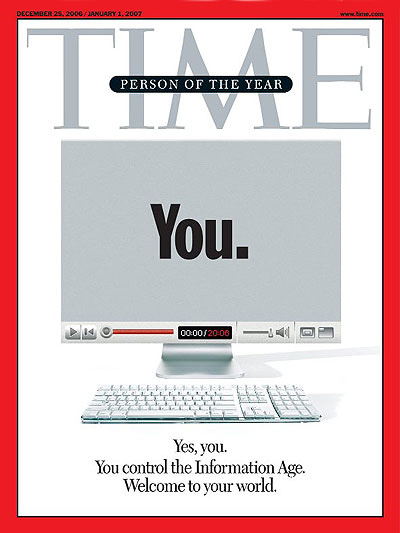 YouTube just turned fifteen years old. That means there was no YouTube before 2005. And how quickly we forget that YouTube was controversial in the beginning. YouTube was considered mostly pirate music videos, used as much as 80% of the Internet bandwidth traffic (which was in 2005 still mostly text and low-resolution images), and had no business model. YouTube was also Google’s first major acquisition. Google’s biggest single expense, for years after acquiring YouTube, was subsidizing all the bandwidth to watch all those uploaded videos. Now over a billion hours of video is watched every day on Youtube and the site routinely creates new Internet celebrities and millionaire influencers. But to get to YouTube, and communication apps like Zoom, other technologies needed to exist. Back in the day, those technologies include QuickCam, CU-SeeMe, RealPlayer, MP3, Winamp, and DivX/XviD. Continue reading →
YouTube just turned fifteen years old. That means there was no YouTube before 2005. And how quickly we forget that YouTube was controversial in the beginning. YouTube was considered mostly pirate music videos, used as much as 80% of the Internet bandwidth traffic (which was in 2005 still mostly text and low-resolution images), and had no business model. YouTube was also Google’s first major acquisition. Google’s biggest single expense, for years after acquiring YouTube, was subsidizing all the bandwidth to watch all those uploaded videos. Now over a billion hours of video is watched every day on Youtube and the site routinely creates new Internet celebrities and millionaire influencers. But to get to YouTube, and communication apps like Zoom, other technologies needed to exist. Back in the day, those technologies include QuickCam, CU-SeeMe, RealPlayer, MP3, Winamp, and DivX/XviD. Continue reading →
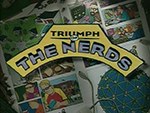 Triumph of the Nerds: The Personal Computer
Triumph of the Nerds: The Personal Computer
 Prizeo Brings Together Celebrities And Charities To Increase Awareness And Raise Money
Prizeo Brings Together Celebrities And Charities To Increase Awareness And Raise Money
 Venture Deals Explains Modern Venture Capital
Venture Deals Explains Modern Venture Capital
 Five Years of Y Combinator Universe
Five Years of Y Combinator Universe
